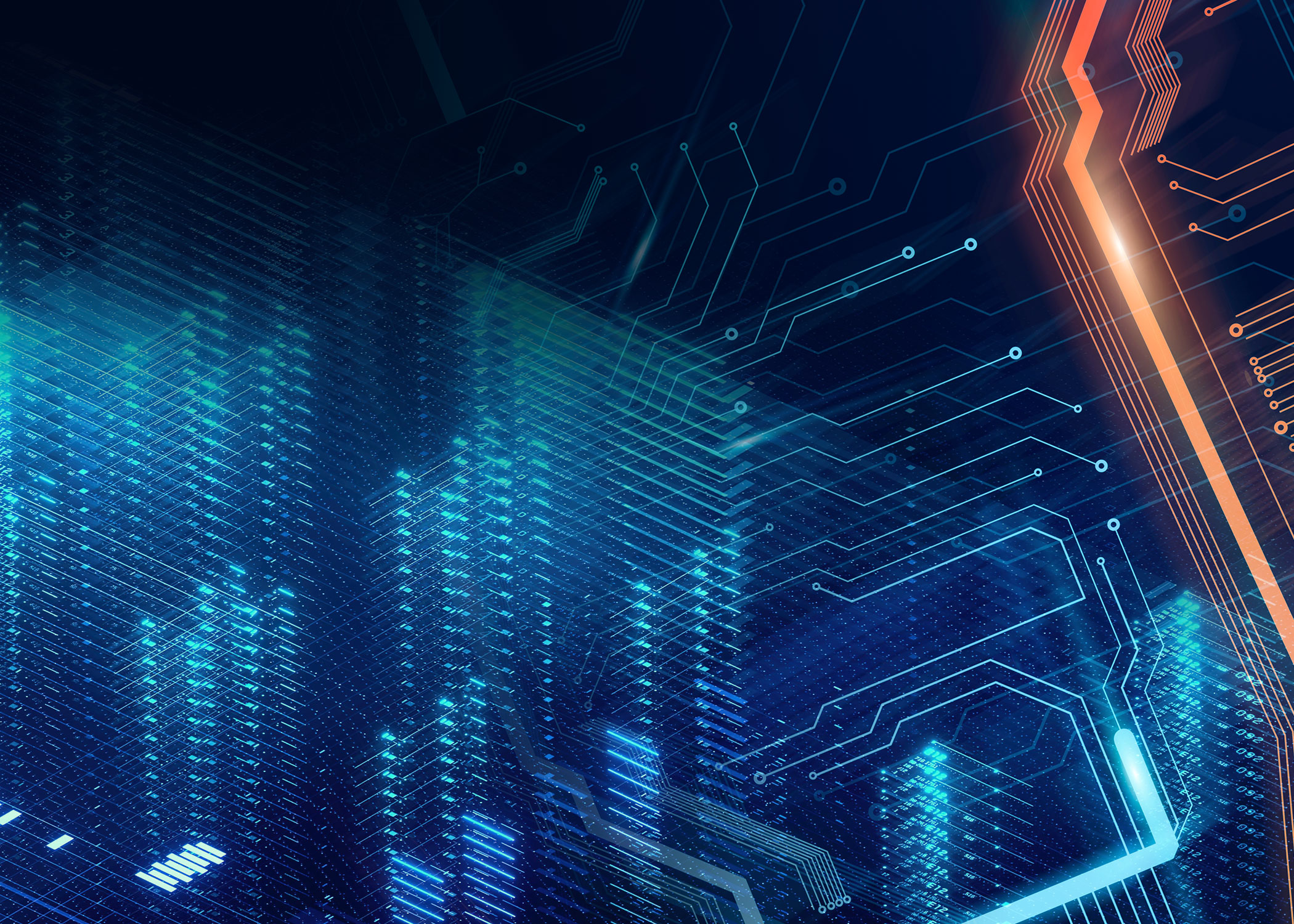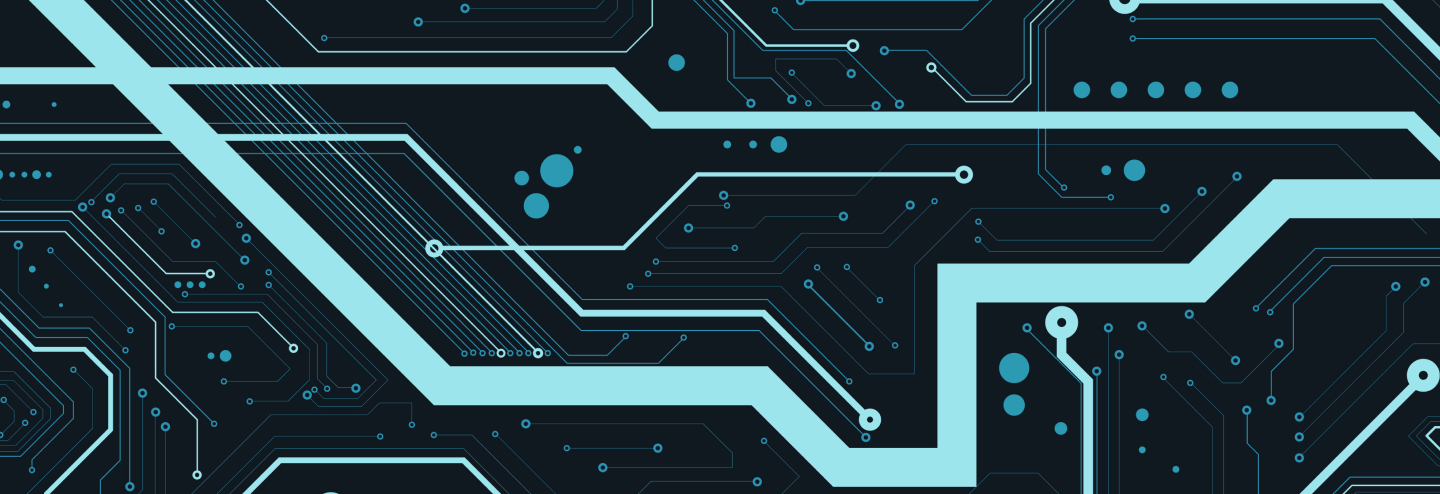Generative AI refers to a category of artificial intelligence algorithms that can generate new content based on the data they have been trained on. Their output — which includes text, images, videos, audio and more — typically resembles human-generated data.

Key takeaways
- Generative AI tools reduce the money and time needed for content creation, boosting productivity and profitability.
- However, they could also lead to copyright infringement and increase data security risks.
- Overall, J.P. Morgan Research estimates generative AI could increase global GDP by $7–10 trillion, or by as much as 10%.
- The technology could result in a massive workforce productivity boom over the next one to three years, which could affect the shape of the economic cycle.
Disclaimer: This article was not written using generative AI.
Generative AI — a category of artificial intelligence algorithms that can generate new content based on existing data — has been hailed as the next frontier for various industries, from tech to banking and media. Indeed, it is already being used for tasks such as content creation and data analysis, with widespread implications for the future of work.
“The advent of generative AI is a seminal moment in tech, more so than the Internet or the iPhone,” said Mark Murphy, Head of U.S. Enterprise Software Research at J.P. Morgan. “We see the potential for a massive workforce productivity boom over the next one to three years, which could affect the shape of the economic cycle. There could also be mass-scale white-collar job realignment four to eight years from now.”
At J.P. Morgan’s 5th Annual Global Machine Learning Conference, which took place in Paris in October 2023, investors were asked about their views on generative AI. Overall, investors believe that the uptake of the technology will be most prevalent in marketing (28%), followed by legal services and insurance (21%), media (20%), data analytics (18%) and then consumer technology (13%) — suggesting that sweeping changes lie ahead for these industries.
“We see the potential for a massive workforce productivity boom over the next one to three years, which could affect the shape of the economic cycle.”
Mark Murphy
Head of U.S. Enterprise Software Research, J.P. Morgan
What are the advantages of generative AI?
“Fundamentally, generative AI reduces the money and time needed for content creation — across text, code, audio, images, video and combinations thereof,” said Gokul Hariharan, Co-Head of Asia Pacific Technology, Media and Telecom Research at J.P. Morgan. Businesses can produce more content at speed and at scale, boosting productivity and profitability.
The rise of generative AI could also breed innovation, paving the way for new business models and applications. While tools like ChatGPT are trained on generic data, companies are now creating generative AI systems designed for specific verticals and datasets. “ChatGPT is putting the wind in the sails of other companies, and hundreds of new startups are rushing to develop foundation models, build AI-native apps and stand up infrastructure,” Hariharan said. “Because of the potentially very large impact, a positive sentiment cycle here could well lead to a valuation bubble in related names.”
Generative AI could revolutionize content creation
What are the disadvantages of generative AI?
On the flip side, generative AI tools are not 100% accurate. ChatGPT is prone to “hallucinations,” or output that deviates from its training data. “Because of this, generative AI will not yet replace jobs entirely. Instead, it will augment existing jobs by automating repetitive tasks,” Hariharan said.
Generative AI tools also run the risk of plagiarism and copyright infringement, as they often repeat or paraphrase data sourced from elsewhere on the Internet. Then there are the data security risks involved, especially where client confidentiality is concerned. When new information is inputted into a generative AI system, it becomes part of its data repository and is made publicly available to other users. “Companies will understandably be guarded about this, so generative AI providers will need to create tools that are ringfenced — ensuring that all information is self-contained to each organization and isn’t commingled with the rest of the world,” Murphy said.
Despite these hurdles, generative AI could well be a game changer for business, dramatically redefining the way companies work. “Generative AI is the most important technological development of the last several decades. It is rapidly enabling use cases and scenarios that people once said would be impossible to achieve, and it’s only going to get smarter,” Murphy said. “It’s critical that generative AI is used responsibly and governed properly, so that it can amplify human potential instead of becoming too disruptive.”
Investing in generative AI
Overall, J.P. Morgan Research estimates generative AI could increase global GDP by $7–10 trillion, or by as much as 10%. “We affirm our extreme bullish outlier view, established over a year ago, on the importance of generative AI. The technology is driving a powerful tech investment wave, with co-pilots and other generative AI product cycles launching in the near term,” Murphy said. “Indeed, VC investments are pivoting rapidly from cloud and crypto to generative AI, and a material percentage of Y Combinator companies are also in this space.”
While generative AI is undoubtedly a massive boon for the software industry, hardware companies also stand to benefit from the uptake of the technology. “The AI-related supply chain is buoyant, with continued strong demand for AI training hardware and emerging demand for various AI inference solutions — both likely to sustain AI demand into 2024 and beyond,” Hariharan noted. This will boost the global semiconductor market, which is forecast to see a 16% growth in revenue in 2024 and increased demand into 2025.
Investments in other AI infrastructure will also continue to grow, particularly for servers, switches and optics, according to Samik Chatterjee, Head of the IT Hardware and Networking Equipment research team at J.P. Morgan. “The leverage to AI for certain sections of our broader hardware coverage is likely to be a windfall moment,” Chatterjee said.
AI end-point devices such as smartphones and PCs will also likely see a pick-up in product launches in the second half of 2024, with more material adoption in 2025. “These will focus on local inferencing to enable low latency and personalized experiences, while also leveraging more complex audio and visual interactions such as gesture and facial recognition,” Chatterjee added.
The generative AI adoption lifecycle
FAQs
ChatGPT, an artificial intelligence chatbot, is a form of text-based generative AI. Other popular examples include DALL-E 2, which can generate digital images from natural language descriptions.
Generative AI reduces the money and time needed for content creation. It could also breed innovation, paving the way for new business models and applications. However, the technology could lead to copyright issues and data security risks.
Related insights
-

Global Research
Global Research
Leveraging cutting-edge technology and innovative tools to bring clients industry-leading analysis and investment advice.
-

Global Research
The future of Big Tech
December 23, 2022
What challenges and opportunities lie ahead for Big Tech? J.P. Morgan Research explores the 2023 outlook.
-

Technology
Technology at our firm
This communication is provided for information purposes only. Please read J.P. Morgan research reports related to its contents for more information, including important disclosures. JPMorgan Chase & Co. or its affiliates and/or subsidiaries (collectively, J.P. Morgan) normally make a market and trade as principal in securities, other financial products and other asset classes that may be discussed in this communication.
This communication has been prepared based upon information, including market prices, data and other information, from sources believed to be reliable, but J.P. Morgan does not warrant its completeness or accuracy except with respect to any disclosures relative to J.P. Morgan and/or its affiliates and an analyst's involvement with any company (or security, other financial product or other asset class) that may be the subject of this communication. Any opinions and estimates constitute our judgment as of the date of this material and are subject to change without notice. Past performance is not indicative of future results. This communication is not intended as an offer or solicitation for the purchase or sale of any financial instrument. J.P. Morgan Research does not provide individually tailored investment advice. Any opinions and recommendations herein do not take into account individual client circumstances, objectives, or needs and are not intended as recommendations of particular securities, financial instruments or strategies to particular clients. You must make your own independent decisions regarding any securities, financial instruments or strategies mentioned or related to the information herein. Periodic updates may be provided on companies, issuers or industries based on specific developments or announcements, market conditions or any other publicly available information. However, J.P. Morgan may be restricted from updating information contained in this communication for regulatory or other reasons. Clients should contact analysts and execute transactions through a J.P. Morgan subsidiary or affiliate in their home jurisdiction unless governing law permits otherwise.
This communication may not be redistributed or retransmitted, in whole or in part, or in any form or manner, without the express written consent of J.P. Morgan. Any unauthorized use or disclosure is prohibited. Receipt and review of this information constitutes your agreement not to redistribute or retransmit the contents and information contained in this communication without first obtaining express permission from an authorized officer of J.P. Morgan.